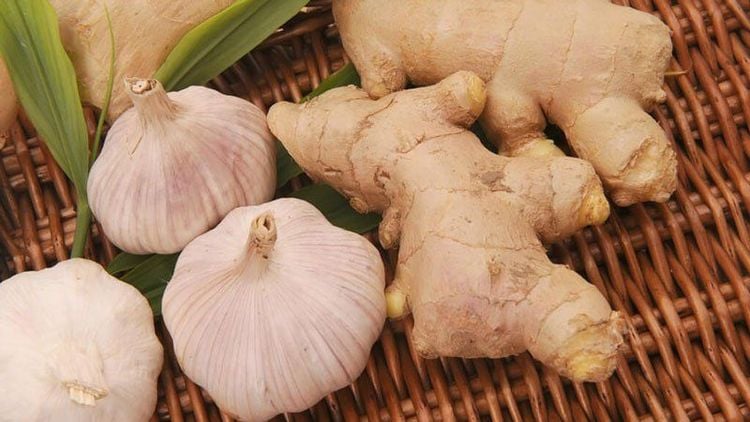This is an automatically translated article.
When suffering from asthma, everyone understands the importance of taking medicine as prescribed by the doctor. That means patients need a long-term, daily controller medication, and a quick-relief inhaler at all times. However, asthma control is not limited to medication alone. There are a few other things that patients can do to help themselves breathe as comfortably and as easily as possible. So how can asthma symptoms be reduced?
1. Enjoy an Espresso When coughing, wheezing and having trouble breathing, use “rescue” sprays. However, patients may consider caffeinated beverages if symptoms are mild. Caffeine is a weak bronchodilator, which means it will help slightly dilate your airways. Some studies have shown that caffeine can help patients' lungs function better for up to 4 hours.
2. Using a Sauna Patients can relieve asthma symptoms with warm air. Steaming in a sauna or at home can help clear up mucus that makes breathing difficult. However, some people find that the heat makes their asthma worse, so it is important for patients to know their own asthma triggers.
3. Add Spices Garlic and ginger contain anti-inflammatory compounds that help ease asthma symptoms. You can steep a clove of fresh garlic and ginger root in boiling water and drink it like tea after the water cools. You can also use these spices more often in cooking.

Tỏi và gừng có chứa các hợp chất chống viêm giúp làm dịu các triệu chứng hen suyễn của người bệnh
4. Learn to relieve stress When stressed, all the muscles in the body tense, including the muscles in the chest. Managing stress will mean fewer asthma flare-ups. So how to reduce asthma symptoms?
Meditation and yoga are very good options for patients. Besides that, tai chi, an ancient, gentle Chinese martial art is also very useful. Research shows that these exercises can help reduce asthma symptoms in some people.
5. Keep moving Exercise can make the patient's lungs stronger. On the other hand, exercise can also be a trigger for asthma when patients are outside in cold weather. To stay on the safe side, talk to your doctor before starting a new routine and ask if the patient should take medication before moving. Also, remember to work out slowly (walk first, then jog). Patients should also be aware of the weather: If it's cold, cover your mouth and nose or opt to exercise indoors.
6. Eat colorful foods Colorful foods are rich in antioxidants like beta-carotene and vitamin C, vitamin E helps fight inflammation in the body, including in the lungs of the patient. asthma. While monitoring her diet, patients should beware of sulfites - a type of preservative that causes asthma symptoms in some people. We often find sulfites in wine, dried fruit, pickles, and shrimp.
7. Sunlight Many Americans have low levels of vitamin D and those with severe asthma may be more susceptible to this problem. Ask your doctor to check your vitamin D levels. If you don't get the required amount of vitamin D, milk, eggs, and bone-in fish like canned salmon can help. Our bodies also make vitamin D when exposed to sunlight. During sunbathing, you need to be careful to use sunscreen and not stay out for too long, otherwise it can increase the risk of skin cancer.
8. Deep breathing Special breathing exercises can help our lungs work better:
Pinch-lip breathing is a helpful option: Inhale through your nose, then exhale slowly at least two times by pursed lips. Diaphragm breathing, also known as abdominal breathing, is another helpful technique that helps relieve asthma symptoms. If you need help with these, your doctor may refer you to a specialist.

Hít thở sâu giúp giảm triệu chứng hen suyễn
9. Watch the weather Cold or dry air can make asthma symptoms worse. When the temperature drops, the patient can wrap a towel around the mouth and nose to make it easier to breathe. Indoor air is also important, and using a dehumidifier or humidifier can help make sure the air isn't too humid or too dry. Always keep windows closed and run your air conditioner during allergy season to prevent pollen from entering your home.
10. Fat control Excess fat around the chest and abdomen can make it difficult to breathe, plus fat cells can cause inflammation that affects your airways. So cutting calories and fat by walking every day can be helpful in reducing asthma symptoms.
11. Know your own asthma triggers Many people with asthma are also allergic to common allergens like pollen, dust mites, and pet dander. This can make asthma symptoms flare up. If the patient hasn't been able to determine which trigger is causing her allergy recently, see an allergist to figure out exactly what's bothering you and try to avoid it.
Please dial HOTLINE for more information or register for an appointment HERE. Download MyVinmec app to make appointments faster and to manage your bookings easily.
Reference source: webmd













